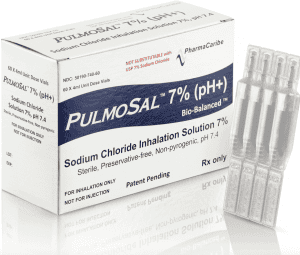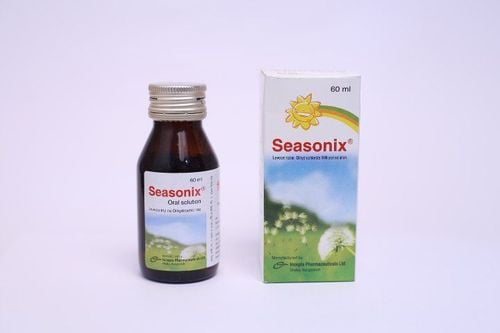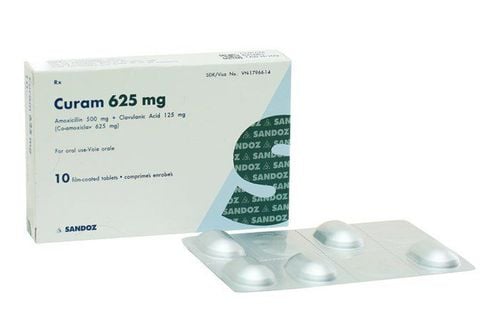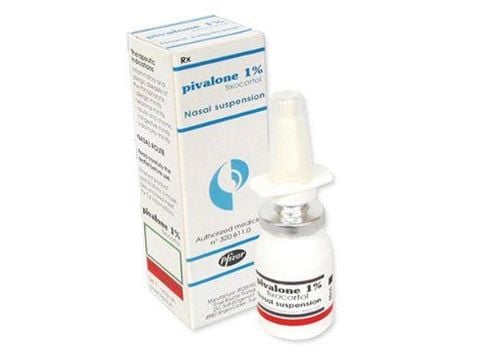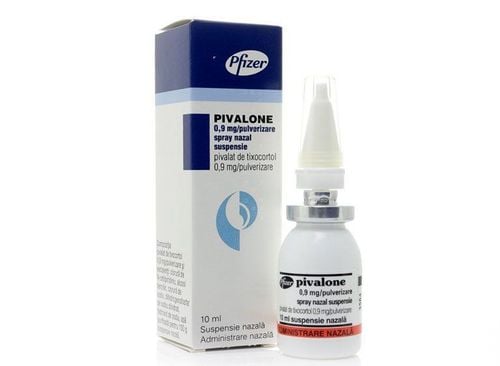This is an automatically translated article.
The article was professionally consulted with Master, Doctor Dang Huy Toan - Pediatrician - Neonatologist - Department of Pediatrics - Neonatology - Vinmec Nha Trang International General Hospital.Non-allergic rhinitis is an inflammation of the lining of the nose that causes symptoms such as an itchy nose, sneezing, runny nose, and stuffy nose. The cause of non-allergic rhinitis is usually a virus. Treatment includes taking antihistamines and humidifying the air in the room.
1. The concept of non-allergic rhinitis
Rhinitis is a common upper respiratory tract infection with many causes, including allergic rhinitis and non-allergic rhinitis.Non-allergic rhinitis is an inflammation of the nasal mucosa that dilates the blood vessels in the nose, causing the nasal mucosa to collect blood and mucus, not caused by allergies.
Some forms of non-allergic rhinitis such as:
Acute rhinitis: A manifestation of the common cold with dilated blood vessels and edema of the nasal mucosa, runny nose, nasal congestion. Other causes of acute rhinitis include staphylococcal, streptococcal, and pneumococcal infections. Chronic rhinitis : Usually lasts from 30 to 90 days with runny nose, nose bleed, stuffy nose. Low humidity and irritants can lead to chronic rhinitis. Rare causes such as syphilis, tuberculosis, sclerosis of the nose, granulomatous sinuses, leishmaniasis, fungal, histoplasmosis. Atrophic rhinitis: The nasal mucosa atrophies and hardens. The histopathological lesion is the change from pseudostratified columnar epithelium to stratified squamous epithelium. The exact cause is unknown but age-related atrophic rhinitis, Wegener's granulomatosis, postoperative and bacterial infections. Vasomotor rhinitis: Chronic nonallergic rhinitis. Symptoms of the disease are clear runny nose and sneezing due to blood stagnation in the nasal mucosa.

Bệnh viêm mũi không dị ứng thường do virus gây ra
2. Causes of non-allergic rhinitis
There are many causes of non-allergic rhinitis such as:Irritations from the living and working environment: Smoke, dust, smoke or perfume can cause non-allergic rhinitis. Changes in weather: Changes in temperature or humidity can cause inflammation of the nasal lining leading to a runny or stuffy nose. Infection: A common cause of non-allergic rhinitis. The most common cause is a virus (cold or flu), but it can also be caused by bacteria. Food and Drink: Hot or spicy foods and alcoholic beverages can also cause rhinitis, leading to nasal congestion. Medications: Certain medications can cause non-allergic rhinitis, including aspirin, ibuprofen, high blood pressure medications such as beta-blockers, decongestant sprays, antidepressants, birth control pills, tranquilizers, or medications. treatment of erectile dysfunction. Hormonal changes: Hormonal changes due to pregnancy, menstrual cycles, oral contraceptives, or other hormone changes such as hypothyroidism can potentially cause rhinitis.
3. Symptoms of non-allergic rhinitis
Symptoms of non-allergic rhinitis include: stuffy nose, runny nose, sneezing, cough, mucus in the throat. In addition, depending on the type of rhinitis, the patient has different clinical manifestations such as:Acute rhinitis: Mild fever, runny nose, stuffy nose and sneezing. Chronic rhinitis: Similar to acute rhinitis, but if persistent or severe, patients may also have purulent, foul-smelling nasal discharge; nasal scales; and/or nosebleed. Atrophic rhinitis : Wide nasal passages, scabs, nasal congestion, infections, and loss of smell can be recurrent and severe. Vasomotor rhinitis: The disease occurs in episodes with sneezing and clear rhinorrhea. The inflamed nasal mucosa is edematous and changes color from bright red to purple.
4. Who is susceptible to non-allergic rhinitis?
People with the following risk factors are more likely to develop non-allergic rhinitis:Exposure to irritants such as smog, exhaust fumes or tobacco smoke, building materials, solvents or fumes from organic matter decompose. People over 20 Years of prolonged use of nasal drops or sprays Female Certain chronic medical conditions can cause or worsen non-allergic rhinitis, such as hypothyroidism Stress

Sử dụng các loại thuốc xịt mũi kéo dài làm tăng nguy cơ viêm niêm mạc mũi
5. Treatment of non-allergic rhinitis
Treatment of non-allergic rhinitis depends on clinical manifestations. For mild cases, patients can self-treat at home and avoid pathogens. For more severe symptoms, some medications can be used such as:Saline nasal spray: A saline nasal spray or saline solution to thin the mucus and soothe the nasal mucosa; Antihistamine nasal sprays: If oral antihistamines are not effective, an antihistamine nasal spray can be used to relieve symptoms. Corticosteroid nasal sprays: If saline nasal sprays or antihistamine nasal sprays do not control symptoms. Non-acetylcholine nasal drops: Usually used if runny nose is the main symptom. Some side effects such as nosebleeds and dry mucous membranes. Vasoconstrictors: Helps relieve nasal congestion. Side effects can include high blood pressure, heart palpitations, and nervousness. In addition, depending on the type of non-allergic rhinitis, the treatment is also different.
Viral rhinitis: Treat symptomatically with vasoconstrictors, antihistamines or both. If the rhinitis is caused by bacteria, it is necessary to obtain pus culture for antibiotic analysis, identification of the pathogen, antibiotic sensitivity, and appropriate antibiotic treatment. Atrophic rhinitis: Treatment consists of topical treatment to reduce nasal flakes and eliminate odors with nasal irrigation, antibiotics, estrogen, vitamins A and D, and surgery to reduce the width of the nasal cavity. Vasomotor rhinitis: Humidifiers, topical corticosteroids, and topical antihistamines. Topical vasoconstrictors relieve symptoms but are not recommended for long-term use because they thicken mucus and can cause palpitations, tachycardia, and loss of sensitivity to other vasoconstrictor irritants. In summary, non-allergic rhinitis is a very common disease. Although the cause of the disease is not due to allergies, some substances with strong irritants such as chemicals, smoke, etc. also cause irritation and inflammation of the nasal mucosa. Treatment includes avoiding exposure to irritants, rinsing the nose to clear it, and administering vasoconstrictors and antihistamines. Prevent the disease by wearing a dust mask to protect the nasal mucosa from irritants or using a nasal wash after contact with irritants.
Vinmec International General Hospital is one of the hospitals that not only ensures professional quality with a team of leading medical doctors, modern equipment and technology, but also stands out for its examination and consultation services. comprehensive and professional medical consultation and treatment; civilized, polite, safe and sterile medical examination and treatment space.
Please dial HOTLINE for more information or register for an appointment HERE. Download MyVinmec app to make appointments faster and to manage your bookings easily.
Reference source: msdmanuals.com




